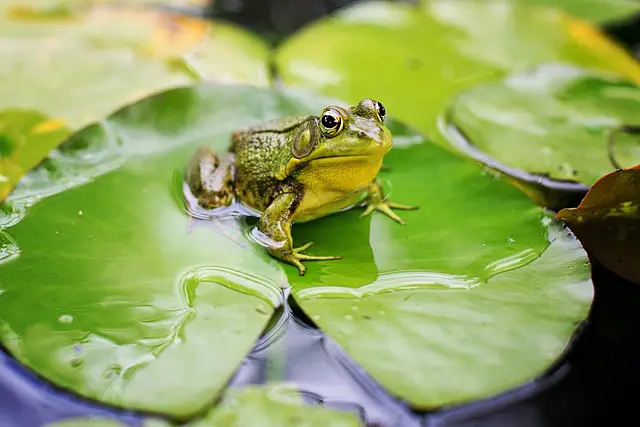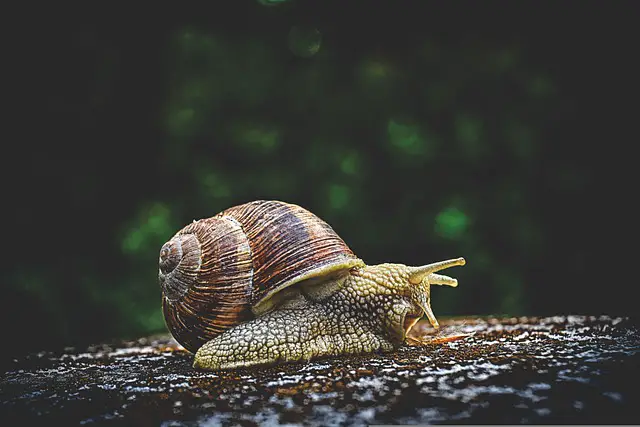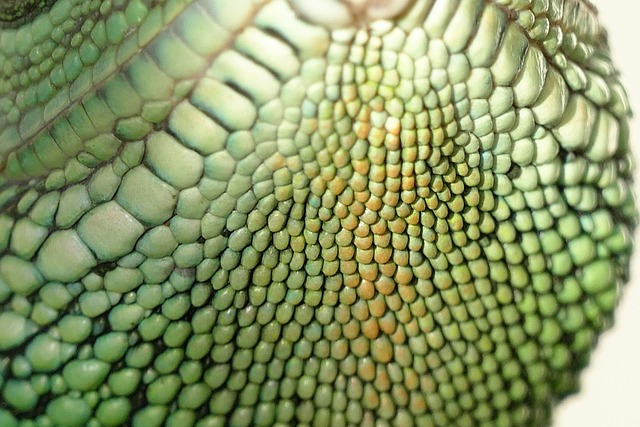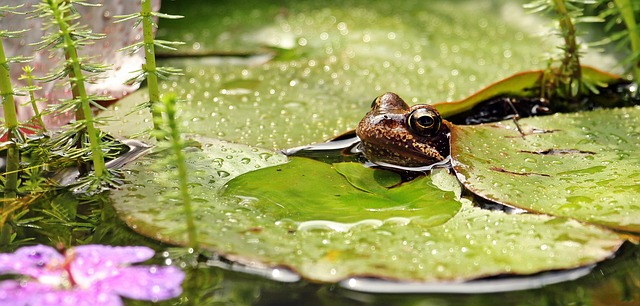Frogs are lovely creatures that have long been popular pets. Like all animals, however, they have specific dietary requirements that must be met to stay healthy. One essential nutrient that your frog needs is calcium, and one of the best ways to ensure that your frog gets enough is to use a calcium powder supplement. Here’s a closer look at why calcium is vital for frogs and how to use calcium powder to keep your frog healthy.
Do frogs need calcium powder?
As any amphibian enthusiast knows, frogs are unique creatures with several special care requirements.
In the wild, frogs consume a diet of insects and other small prey. This diet is relatively high in calcium, which helps to keep their bones strong and healthy.
However, when kept as pets, frogs often consume a diet of pellets or chopped vegetables, which can be low in calcium.
As a result, many pet owners choose to supplement their frog’s diet with calcium powder. While this can help to ensure that your frog gets the calcium it needs, it is essential to use the powder sparingly.
Too much calcium can lead to health problems such as kidney stones. If you are unsure how much calcium powder to give your frog, it is best to consult a veterinarian or other reptile expert.
Frogs and Calcium
Calcium is essential for frogs because it’s important for humans: it helps build strong bones and teeth.
In addition, calcium aids in muscle contraction, nerve function, and blood clotting. A lack of calcium can lead to health problems such as metabolic bone disease, which weakens the bones and makes them more susceptible to breakage.
Metabolic bone disease can also cause deformities such as kyphosis (a hunched back) and lordosis (a sunken chest). Kyphosis and lordosis are both painful conditions that can make it difficult for your frog to move around and eat properly.
A lack of calcium can also lead to muscle spasms, seizures, and death. Because calcium is so vital for frogs, you must take steps to ensure that your frog is getting enough of this nutrient.
One way to do this is by using a calcium powder supplement.
Using Calcium Powder For Your Frog
Calcium powder supplements are available at most pet stores that sell supplies for reptiles and amphibians.
When choosing a calcium powder supplement, look for one that contains vitamin D3; vitamin D3 helps the body absorb calcium more effectively.
You’ll also want to ensure that the supplement you choose does not contain phosphorus, as too much phosphorus can actually interfere with calcium absorption.
How to use Calcium powder
To use the calcium powder, sprinkle it on your frog’s food once or twice a week. If you’re feeding your live frog insects, you can dust the insects with the powder before providing them to your frog.
Some brands of calcium powder also come with a small plastic container that can be used to dust the insects; if yours doesn’t come with one of these containers, you can use a small sifter or mesh strainer instead.
How often should I give my frog calcium?
The best way to ensure that your frog is getting the right amount of calcium is to offer him a diet that includes a variety of calcium-rich foods.
Calcium-fortified frog pellets are an excellent place to start, but you should also offer live frog insects like crickets and mealworms.
You can dust these insects with a calcium supplement to ensure that your frog is getting enough. For variety, you can also offer your frog leafy greens like kale or collards.
As a general rule, you should offer your frog food dusted with calcium supplements two to three times per week. This will help to ensure that your frog stays healthy and happy.
Conclusion
Calcium is an essential nutrient for frogs, and one of the best ways to ensure that your frog gets enough calcium is by using a calcium powder supplement.
These supplements are available at most pet stores; choose one that contains vitamin D3 and does not have excessive phosphorus levels. To use the supplement, sprinkle it on your frog’s food or dust their live insects with it before feeding them to your frog.
Easy peasy! Your froggy friend will thank you for ensuring they get the nutrients they need to stay healthy and happy.









